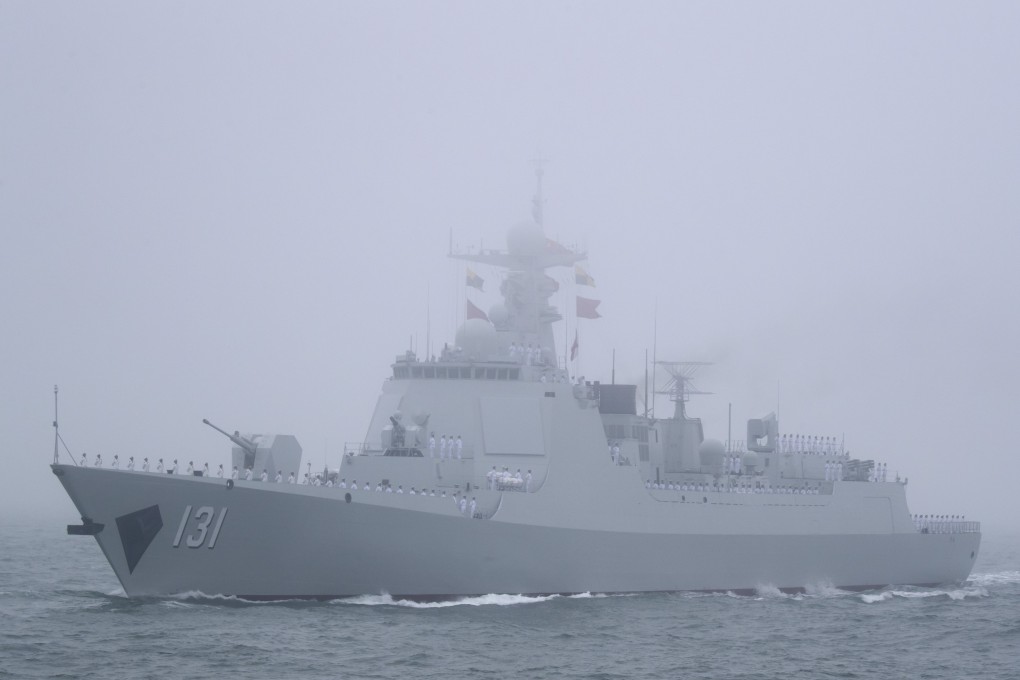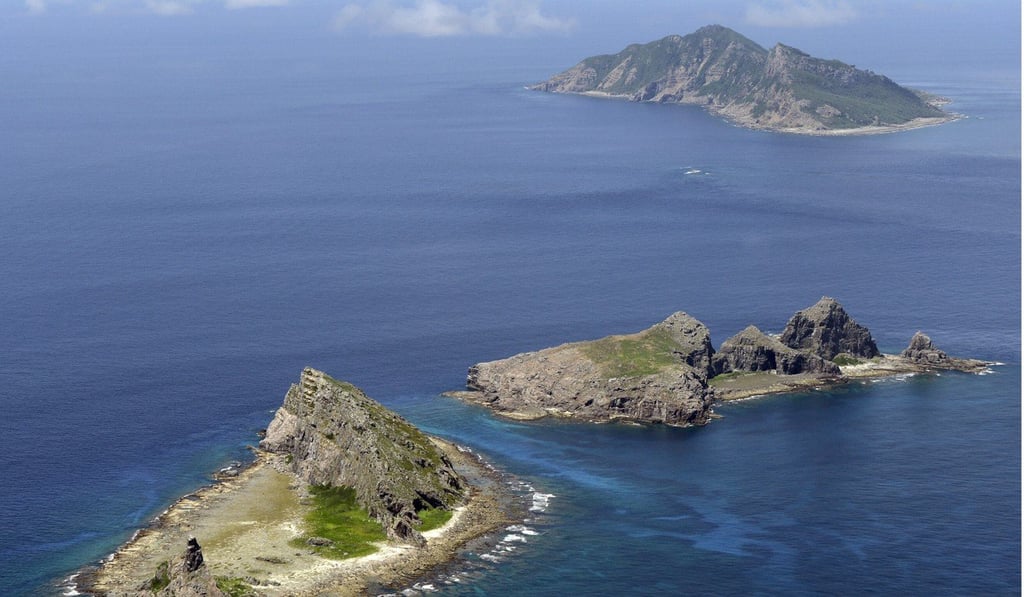Advertisement
Chinese destroyer sets sail for Japan for multinational fleet review
- Taiyuan Type 052D will join vessels from the United States, Australia and India for international event in Sagami Bay
- PLA Navy has never before taken part in a review organised by Japan, but while there will host a reception to ‘deepen communication with the navies of other countries and improve mutual understanding’
Reading Time:3 minutes
Why you can trust SCMP

China has sent one of its newest and most advanced destroyers to take part in a naval review hosted by Japan next week, Chinese state media said, in the latest effort to improve relations between the two nations at the military level despite their ongoing territorial disputes.
The Taiyuan 131, a Type 052D guided-missile destroyer carrying a helicopter and 200 crew, set sail from a military port in Zhoushan, east China’s Zhejiang province, state broadcaster CCTV reported on Tuesday, without giving a departure date.
The ship is expected to join vessels from the United States, Australia and India for the multinational fleet review hosted by the Japanese navy – known as the Maritime Self-Defence Force – in Sagami Bay, southwest of Tokyo, on October 15.
Advertisement
South Korea, which is engaged in an increasingly bitter political and trade dispute with Japan, was not invited to take part.

Advertisement
While in Japan the crew of the Taiyuan will host an on-board reception for representatives of the other nations involved, the report said.
Advertisement
Select Voice
Choose your listening speed
Get through articles 2x faster
1.25x
250 WPM
Slow
Average
Fast
1.25x